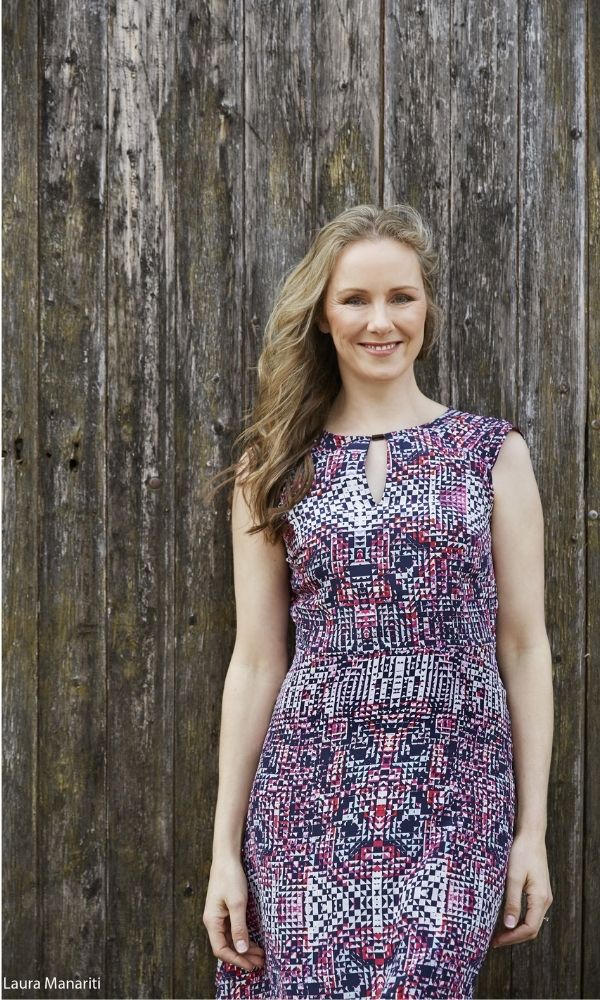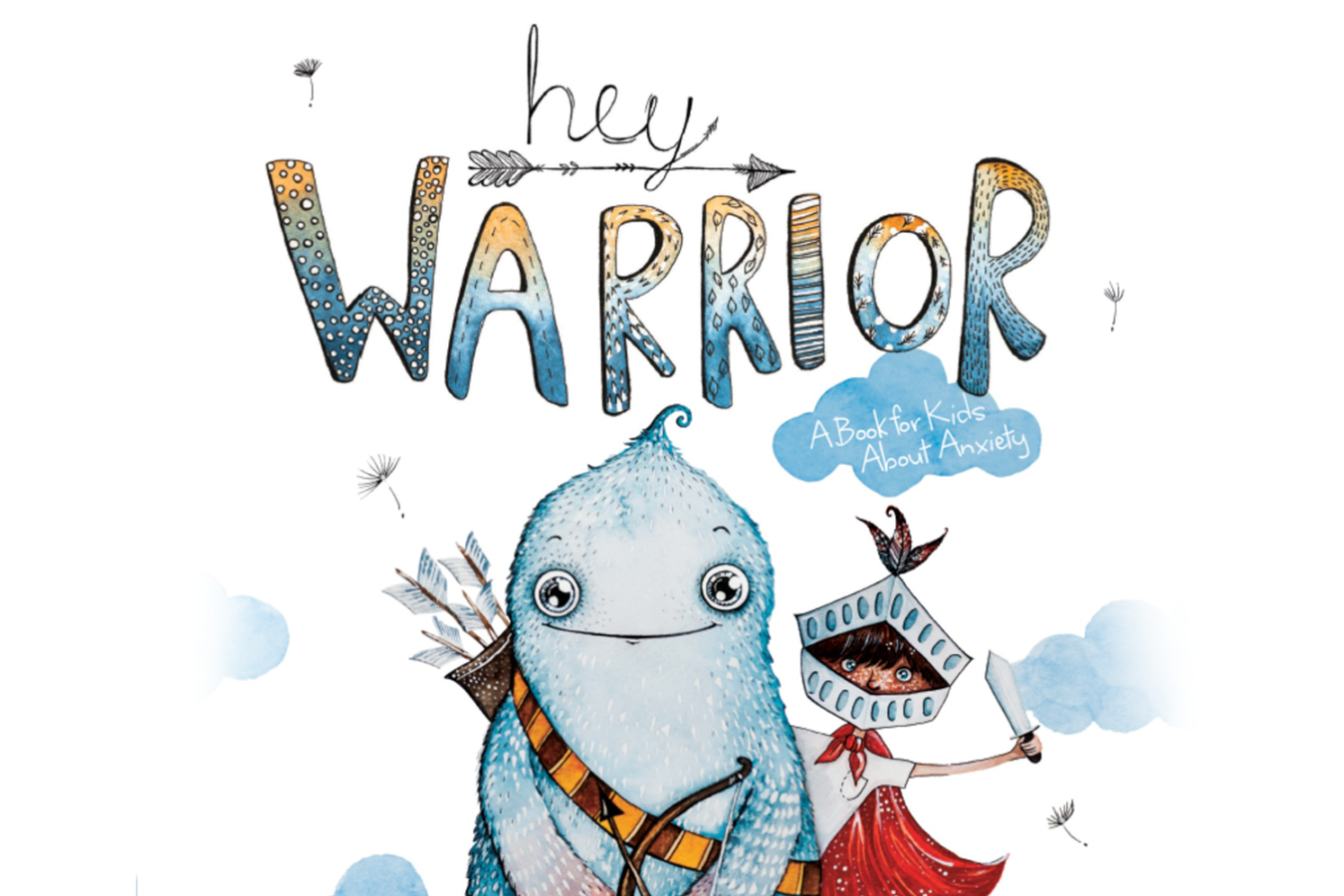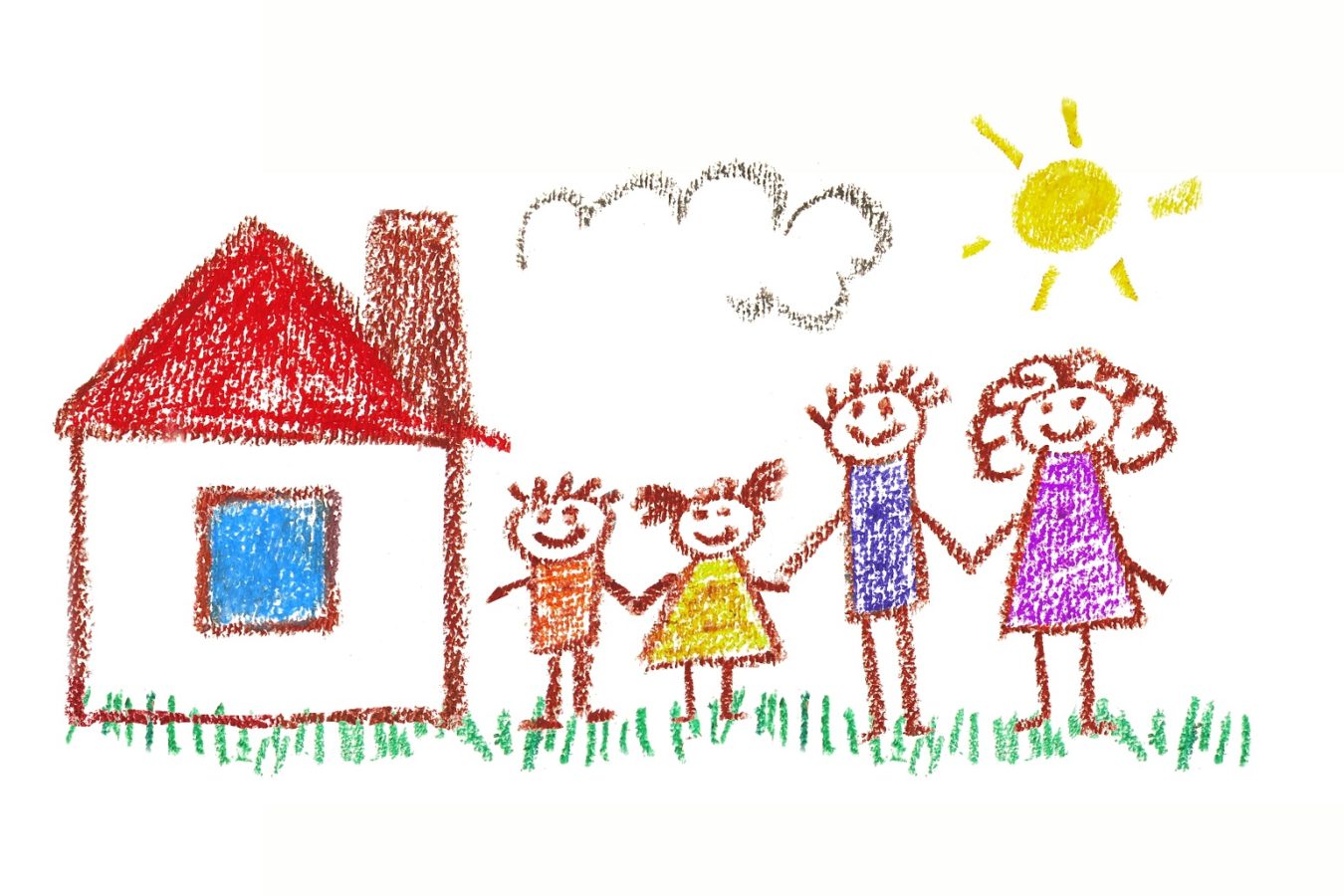
The challenge of anxiety never tests you more than when you become a mother. In this extract from Anxious Mums, Dr Jodi Richardson explains how anxiety doesn't have to stand in the way of a fulfilling life, and gives five tips to reduce worry.
Kintsugi is the Japanese art of carefully repairing broken porcelain and pottery with strong, elegant, golden seams. Any flaws are considered an important part of the history of the piece, making each unique and more beautiful than before.
Though I didn’t always, I now view my anxiety through this lens, and right here, right now, I invite you to do the same. Like I did, I know you have long-held beliefs about your anxiety, and the cost and impact it has had, and continues to have, on your life. Changing the way you think about it, and elevating the way you move forward, thriving with anxiety, are my intentions for you as you read this book.
Anxiety has cost me, too: believe me when I tell you, I understand. For decades I thought I was broken, that there was something inherently wrong with me, that I was damaged in ways no one would ever understand, least of all me. I know now that this was not the case. I was never broken; neither were you and you’re not broken now. We are whole and unique and have earned our golden stripes; developing wisdom and experiencing growth because of the challenges anxiety has brought each of us along the way.
These challenges never test us more than when we’re becoming parents. From conceiving to pregnancy to birth, and forever more, there are infinite reasons for our anxiety to be heightened. We have so much to do, think and worry about, and our children depend on us for so much; to be present and available, to role model calm and rational ways of coping under stress, to be relaxed and playful, to sit with them in their own pain and discomfort, and raise them to be responsible and independent people who care about others, take excellent care of themselves and so much more. No longer is our anxiety a challenge for us alone, or together with our partner: consideration of how it impacts our children is paramount. The last thing we want is for our anxiety to affect them, or our parenting.

As I write this book I’m mum to two primary-school-aged kids, Hunter and Mackinley, but, like you, I wear lots of different hats. I’m a wife, a daughter, a sister, a friend, a cousin, a niece, a neighbour, a black belt in karate, a professional speaker, an educator and an author with an anxiety disorder.
It’s been said that the most important work we will ever do is within the walls of our own homes. There’s much truth in that, but, only after we’ve taken care of ourselves can we be there for our children in the ways we know will see them flourish and grow into successful adults who look after themselves, other people, their communities and our beautiful planet.

5 tips to reduce worry
Worrying causes a lot of distress. It takes our thinking into an unhappy future or back in time where we can turn events over and over in our minds. When we do this, it makes us feel like we’re back in the very moment that upset us in the first place. Our ability as humans to engage in mental time travel is unique, but comes at a cost. Dr Jodi shares some of her tips to help minimise worry and move on more quickly:
- Practice through noticing. When we worry, we get swept away in our thoughts and we feel as though we’re living whatever it is we’re worried about in that very moment. When we can stop and notice we’re having a thought and observe our thinking as if it were in a thought bubble, it gives us a chance to put some new skills and ideas into practice.
- Instead of mulling over the worry and coming at it from all angles trying to work it out, try asking yourself the question ‘Is it helpful?’ instead. This moves you away from seeking evidence to dispute or prove your worry, and opens the door for you to answer ‘no’ and move forward. If you answer ‘yes’, that’s worry doing its job, bringing your attention to something important.
- When you’ve concluded that your thought isn’t helpful, pop the following phrase in front of what’s worrying you: ‘I notice I’m having the thought that… [enter worrying thought here]’. This helps you put some space between yourself and what you’re worrying about.
- Regularly practicing mindfulness helps you to become more adept at noticing a worry, recognising it for what it is, an unhelpful thought, and getting on with what you were doing before the worry got in the way.
- Input your worrying thought into a voice changing app and play it back. When you hear your worry in the ‘voice’ of a chipmunk or a squeaky mouse, it takes the sting out of what you were thinking so you can re-engage in what’s important for you in that moment.
About Dr Jodi Richardson
Extract from Anxious Mums by Jodi Richardson, published by Penguin Life; RRP $34.99.
Dr Jodi Richardson is a speaker and educator who specialises in helping parents and teachers support anxious kids to turn down the dial on anxiety and thrive. She combines nine years of university study with over twenty years of professional work in education, wellbeing, clinical practice and elite sport.
Like this post? Please share using the buttons on this page.
Organisations that can assist
Should you or someone you know need more assistance, these organisations can help:
Beyond Blue – ph 1300 22 4636
PANDA – ph 1300 726 306
COPE – searchable e-directory
Subscribe to the Parents Website


